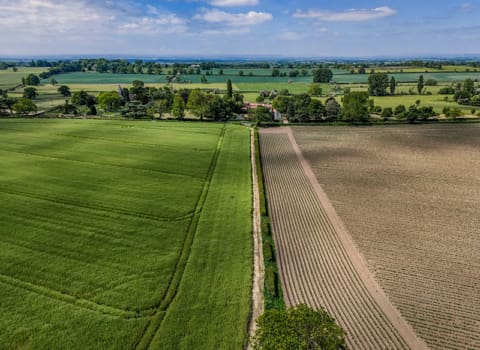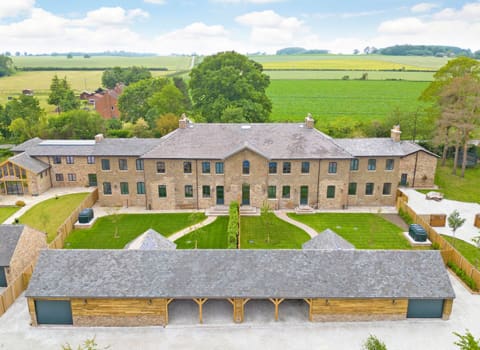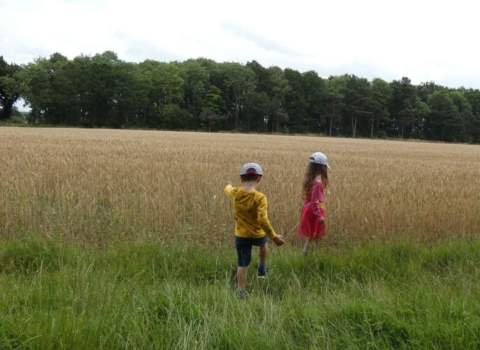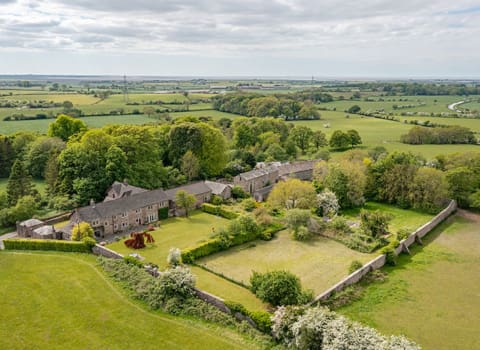Contact our offices
Main office
COLBURN
5 & 6 BAILEY COURT
COLBURN BUSINESS PARK
RICHMOND
NORTH YORKSHIRE
DL9 4QL
Estate Agency Offices are located in
BARNARD CASTLE, BOROUGHBRIDGE & RICHMOND
Residential Management Team
Our Offices
- Alnwick
01665 568310
Email Officealnwick@gscgrays.co.uk - Barnard Castle
01833 637000
Email Officebarnardcastle@gscgrays.co.uk - Boroughbridge
01423 590500
Email Officeboroughbridge@gscgrays.co.uk - Chester-Le-Street
0191 3039540
Email Officechester-le-street@gscgrays.co.uk - Colburn
01748 897630
Email Officecolburn@gscgrays.co.uk - Driffield
01377 337180
Email Officedriffield@gscgrays.co.uk - Hamsterley
01388 487000
Email Officehamsterley@gscgrays.co.uk - Hexham
01434 611565
Email Officehexham@gscgrays.co.uk - Kirkby Lonsdale
01524 880320
Email Officekirkbylonsdale@gscgrays.co.uk - Penrith
01768 597005
Email Officepenrith@gscgrays.co.uk

Development Promotion
“Dad always said that one day, that will all be housing”.
This is a phrase which is regularly recounted to me and generally dates back at least 20 years. So why is it that housing doesn’t get to these seemingly ideal sites? In this article, we look beyond the physical attributes and explore what is needed behind the scenes.
Assuming that the site is physically and legally capable of development, you need a supportive planning framework, coupled with a lack of political opposition or ideally political support.
Where strategic land is being promoted, the returns involved are significant and the process is frequently competitive. Landowners, therefore, need to be proactive and should not simply expect the council to come knocking on their door.
To ensure a supportive planning framework requires engagement at all stages of the plan making process. As Local Plans last for around twenty years, the opportunities to shape them need to be taken whenever they present themselves.
The planning policies which affect a site have three broad layers to them; National planning policies, Local Plans and Neighbourhood Plans.
Westminster establishes the national direction which it wants local authorities to take, including the broad criteria used for the application of national strategies, such as Green Belt policies or the regional distribution of national housing numbers. This is done through the National Planning Policy Framework (NPPF).
County and District Councils are then required to maintain a Local Plan. These are written through a consultative process which generally takes at least two years to complete. A plan must be Adopted in order for it to have a full effect. Prior to Adoption, a government appointed Planning Inspector has to find the plan Sound at the end of a series of public hearings.
Neighbourhood Plans can be produced by Parish or Town Councils. Their process follows a lighter touch version of that for a Local Plan and can build upon but not overrule an Adopted Local Plan.

The policies set out in these plans directly influence the likelihood of planning being achieved. It is therefore essential that these are reviewed and commented upon in order to give a site the best chance of coming forward.
Policy support is more likely to be achieved with political backing. When making representations to Local and Neighbourhood Plans, it is therefore sensible to engage with members and consider public consultation events to either canvas local opinion or to promote your site.
Identifying local needs and addressing these as part of the development proposal is sensible. Viewing a development as solely delivering housing and failing to consider the other beneficial outcomes (such as traffic calming, ecological gain, flood mitigation, and investment in local facilities, such as a school or village hall) can mean that you are missing a trick.
If you can achieve a range of outputs from the site, you will garner wider support and make it more likely to happen.
Working with facts will always put you in a stronger position to win a debate over the merits of development.
Undertaking high-level assessments needn’t cost the earth but will provide a steer on predictable and often emotive issues, such as visual impact, ecological harm, or pressure on local services. Rather than hiding from these issues, you should address them and clearly establish the link between the development and delivery.
Crucially, where a report identifies risks, you should take active steps to address them. This needn’t be expensive. Take visual impact, for instance. A change to the cutting of a roadside hedge to allow it to grow up and encourage hedgerow trees might quite quickly screen the site. Where there are more distant views, you can filter these by planting up some intervening field corners. This is not expensive to implement, only represents subtle landscape changes, but starts to create the environment that you need in order to achieve development.
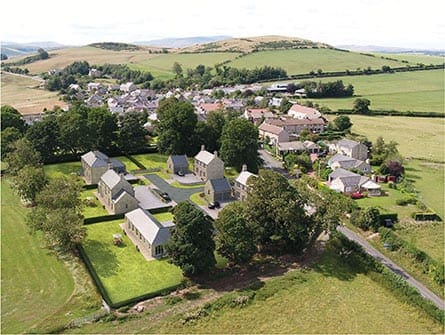
We have produced a guide to the promotion of strategic land, which is available to download here. It expands on some of the ideas touched on here and should provide you with the tools to inform yourself over the merits of a site, before needing to pay professional fees.
*At the time of writing, the company is involved in the promotion of 2,100 acres of development land, which can accommodate approximately 25,000 new homes and is worth an estimated £261m of additional value to our clients.



